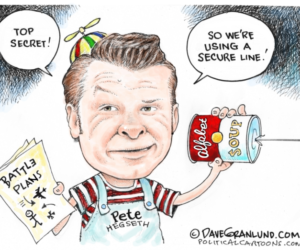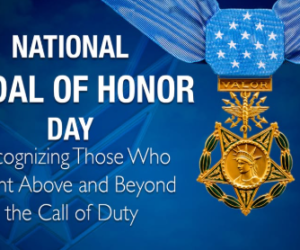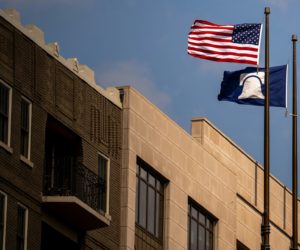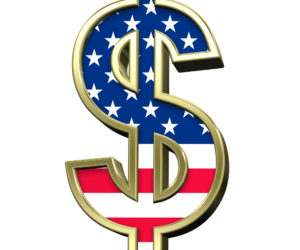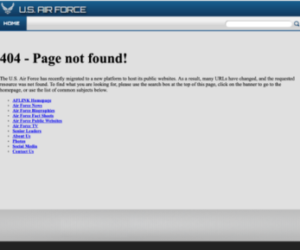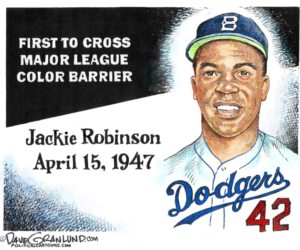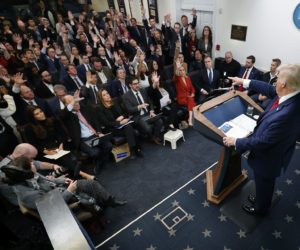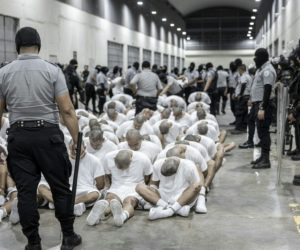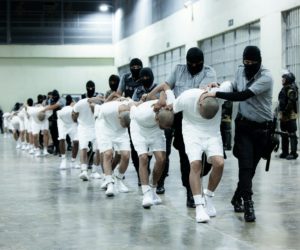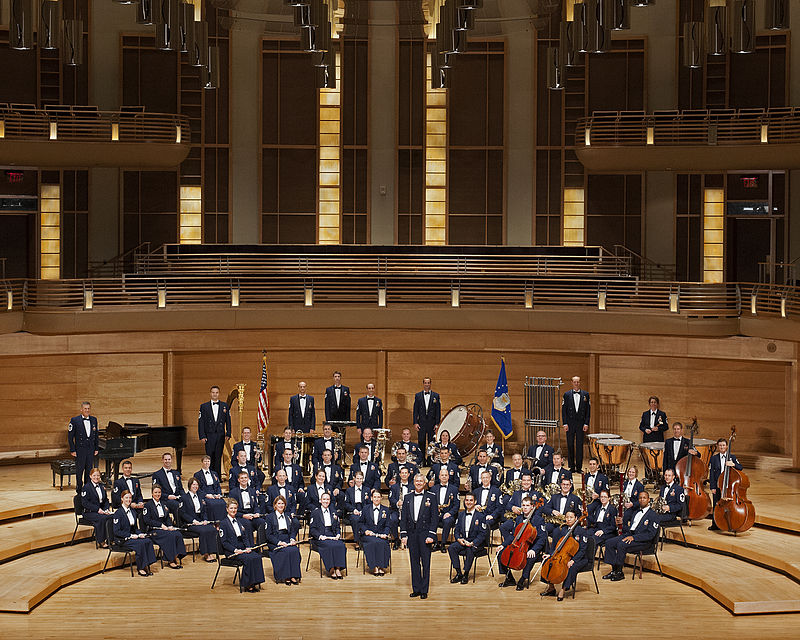
For the past several years, especially around the Christmas holidays, I have written about, and shared with readers, the wonderful music performed by military groups, bands and orchestras.
Every time I wrote such an article, I expected the question to be raised, “Aren’t our military supposed to just fight, fly, march and ply the oceans?”
That question has not been asked by readers, but rest assured that it has been frequently asked by those who control the “purse strings.”
Especially in recent years, military bands have faced increased scrutiny and lawmakers have been targeting the music groups for funding cuts and for closer examination of the need for certain functions and performances.
In the fiscal 2017 defense appropriations bill, a proposal was included that “would have banned the bands from performing at ‘social events’ to include a number of nonmilitary community celebrations.”
That proposal, however, was dropped in the partial-year fiscal 2017 spending measure, but called for the secretary of defense to “ensure that only the critical functions of military bands are supported while minimizing impacts on funding for essential readiness, military personnel, modernization, and research and development activities.”
And the military bands do cost money, lots of it.
A 2017 Government Accountablity Office (GAO) audit reported that, between 2012 and 2016, the military spent more than $1.37 billion on salaries and allowances for its 6,500 active-duty musicians (almost all deployable, including to battle zones) in the – at the time— 136 military bands (“from jazz ensemble to woodwind quintet”), in addition to another $157 million on operating costs (travel, instruments, uniforms) during the same period.
The GAO report further suggests that the military hasn’t found a way to prove the value of such bands and that the services have yet to “develop objectives and measures to assess how their bands are addressing the bands’ missions, such as inspiring patriotism and enhancing the morale of troops.”
I am neither a music expert nor a cost-benefit analyst. Thus, I could not even begin to imagine how such “measures” could be developed, how metrics can be applied to patriotism and morale, how a value can be put on (military) music.
I just know, as a veteran, that I have always been inspired — and continue to be — listening to a military band or group perform “God Bless America,” “The Battle Hymn of the Republic,” listening to their rendering of Christmas music or watching them perform for our troops overseas.
I still remember how moved I was as a young airman listening to the single bugler play “Taps” at the end of my duty day or, today, at the end of the military funeral of a dear friend.
Jonathan Ward, bandmaster of the 323rd Army Band at San Antonio’s Fort Sam Houston, says, “Music is our most lethal weapon in telling the story.”
While some may not go that far in praising or justifying our military bands, others may accept the words of a study considered a couple of years ago by the congressional Armed Services committees. It said, in part:
“Band engagements play an important support role for national security and joint operations, opening diplomatic doors for political and military discussions while building trust and confidence with foreign military and civilian authorities…”
Col. Larry H. Lang, previous commander and conductor of the Air Force Band, put it this way:
There’s no other more effective way of telling a very positive Air Force story than through music. We’re pennies on the dollar…I think if [detractors] really had a chance to come and see how effective we were, how powerful music is when we’re trying to work with diplomatic efforts; when we’re trying to help a wounded warrior recover; when you’re trying to introduce a young person in school to music: I’m seeing every day how powerful and effective it is.
Finally, in a comment to a Military Times article, “It’s hard to measure the performance of the military’s 136 musical bands,” the wife of an Army band member perhaps says it best:
… My husband has been with the ARMY band for 16 years and counting. He’s been deployed three 12-month deployments to Iraq during the war and in the middle of the war zone not only playing but risking his life with the rest of 1st CAV and a CAB badge to prove it…
The bands are needed inside the military as well as in the civilian communities. The bands provide patriotism and a look back for those who fought proudly past and present for this now fragile nation. Gives them a feel of worth they well deserve…The military bands bring communities together and help them forget the division that is happening in our country presently and gives the men and women serving overseas a chance to forget where they are for just a moment…
Taking away the bands will only further hurt the patriotism of the communities but will also hurt those who fought proudly for this great nation.
You cannot put a price on the loyalty these brave men and women who not only deploy to help defend our great nation but also provide comfort needed in the military and in our civilian communities during desperate times. I can only hope those in favor of taking the military bands away will reconsider.
The question is, will the military band play on, or will this be its swan song?
And now, please watch and listen to “The President’s Own” United States Marine Band performing John Philip Sousa’s march “The Stars and Stripes Forever.”

